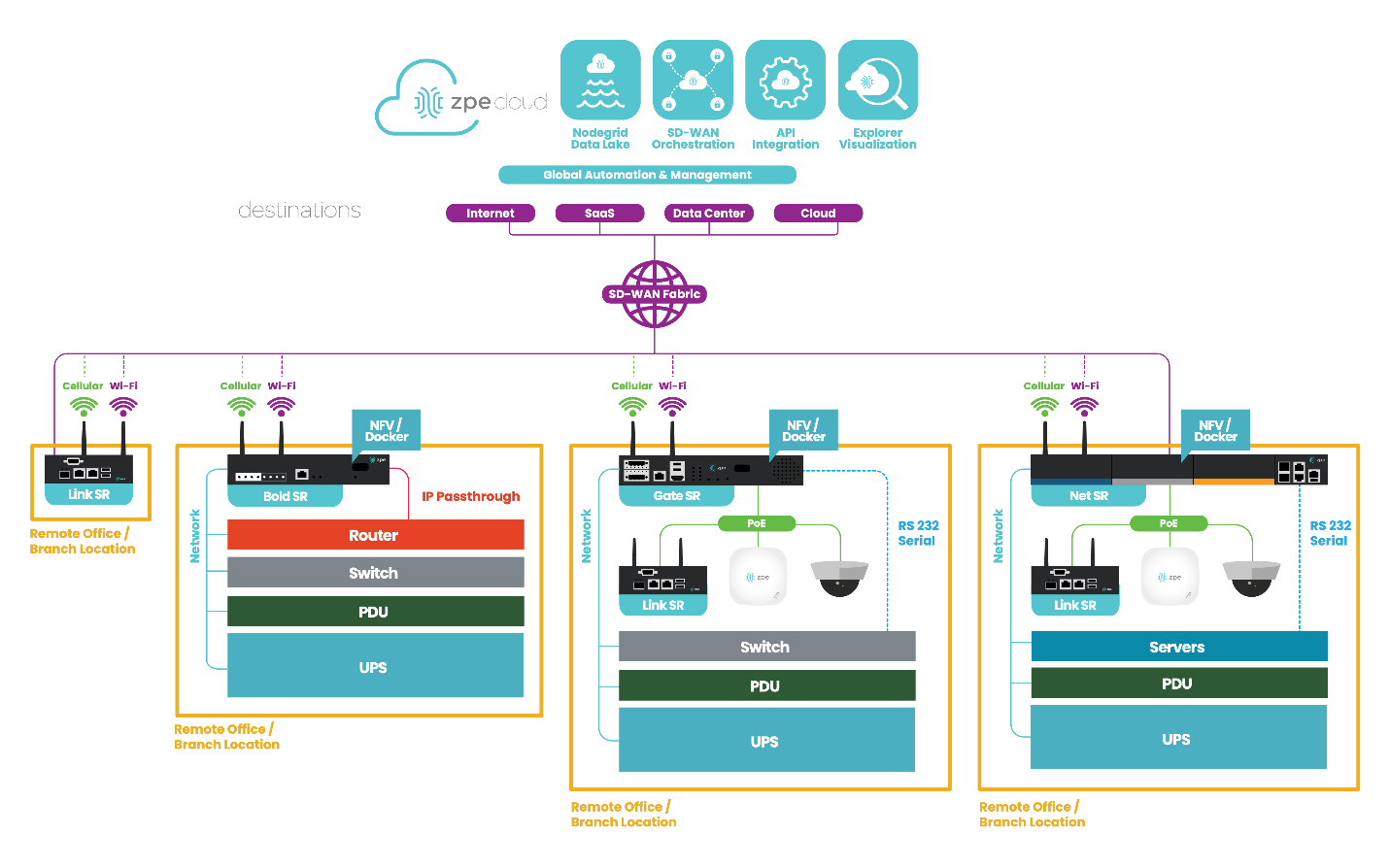This security document provides a comprehensive overview of ZPE Cloud’s approach to safeguarding its information assets, technological infrastructure, and sensitive data. As cyber threats continue to evolve, the need for a robust and adaptive security strategy becomes paramount. The document outlines the key security policies, protocols, and measures in place to mitigate risks, ensure compliance with industry standards, and foster a resilient security posture.
The key highlights you will find within this document are:
- Risk Mitigation Strategies
- Compliance Adherence
- Incident Response and Recovery
- Information Technology Security
- Employee Training and Awareness
- Collaboration with Third-Party Security Providers
- Future Roadmap
Risk Mitigation Strategies
- Identification, assessment, and implementation of proactive measures to mitigate potential security risks.
- Continuous monitoring and enhancing of security protocols to address emerging threats.
- Integration of effective measures meeting state of the art for current levels of controls, assessment of threat, and application of privileged access for data and assets.
Compliance Adherence
- Compliance frameworks (CIS, OWASP, ISO27001, NIST, PCI, etc.) followed to ensure alignment with industry regulations.
- Regular audits and assessments to validate compliance and identify areas for improvement.
- Identification of Crown Jewel assets to aid in prioritizing systems to ensure business continuity.
- Creating an attack surface and risk profile for the most important assets for proactive monitoring and protection.
Incident Response and Recovery
- Clearly defined incident response procedures to address security breaches promptly.
- Strategies for post-incident recovery and system restoration.
- Well defined notification policy in case of breach.
Information Technology Security
- Protection of critical assets through advanced security measures.
- Integration of cutting-edge technologies to enhance threat detection and prevention.
- Continual assessment for business alignment to governance goals.
- Incorporation of secure by design and secure by default.
Employee Training and Awareness
- Ongoing training programs to ensure staff members are well-informed about security best practices.
- Regular drills and simulations to test the organization's readiness in responding to security incidents.
Collaboration with Third-Party Security Providers
- Partnerships with reputable security service providers to enhance overall security posture.
- Regular evaluation and optimization of third-party security solutions.
Future Roadmap
- Outline of planned security enhancements and investments.
- Commitment to staying abreast of emerging threats and technologies to adapt the security posture accordingly.
- Posture assessment and protection of key employees and their identities.
- Aligning technology to business needs including risk assessment of third-party platforms to inform risk matrix.
- Proactive threat assessment that seeks to inform Senior Management so that business priority and risk can be assessed for any possible impact to business.
